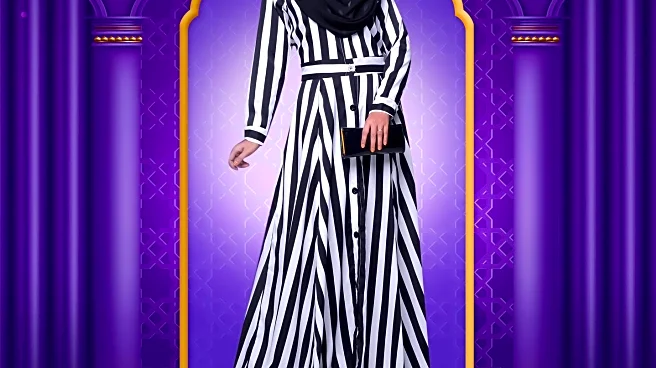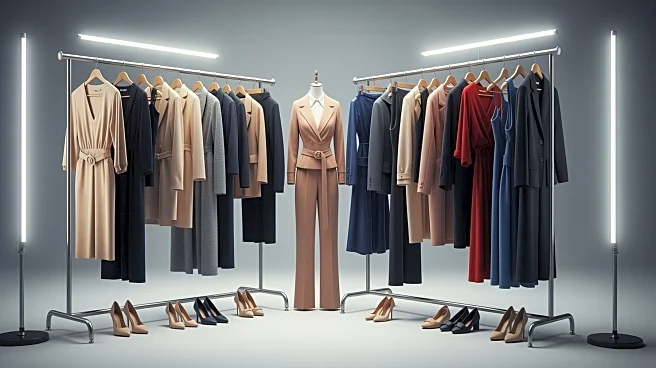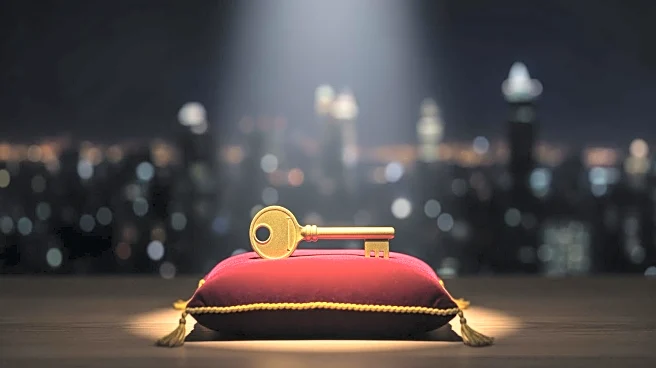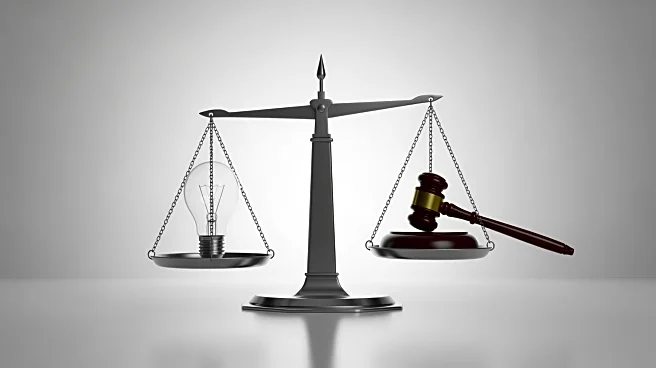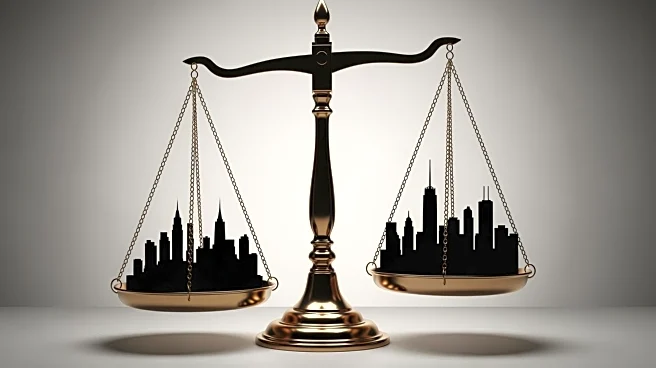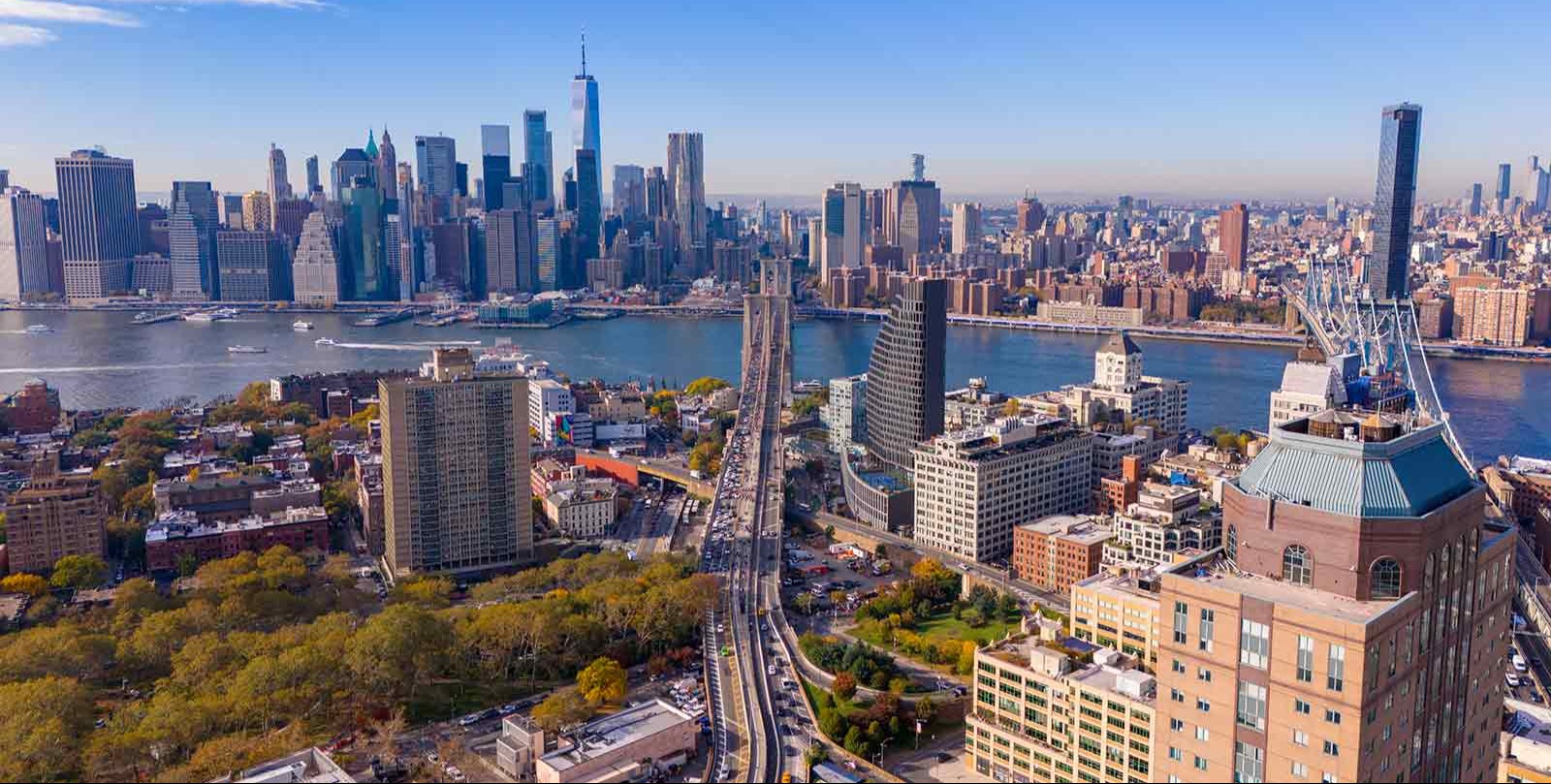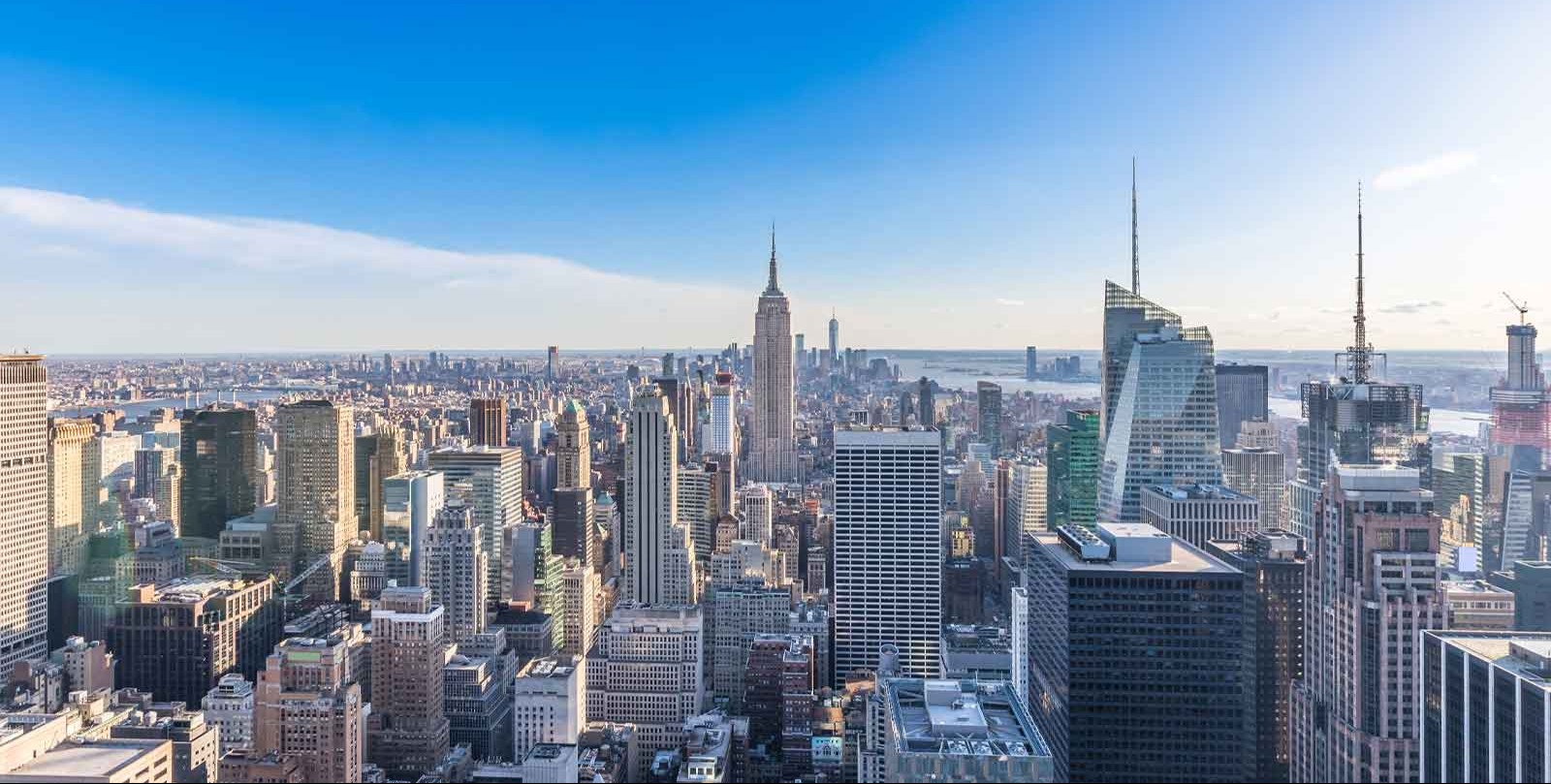What's Happening?
Zeid Hijazi, a Palestinian-Jordanian designer, has gained significant attention after dressing Rama Duwaji, the new first lady of New York City. Duwaji, who is married to New York City's first Muslim mayor,
Zohran Mamdani, wore an embroidered top designed by Hijazi during Mamdani's victory celebration. Hijazi, who studied at Central Saint Martins and won the Fashion Trust Arabia Prize in 2022, expressed his surprise and excitement upon seeing his design worn by Duwaji. The designer noted that the event felt more significant than a typical celebrity endorsement, as it represented his community and cultural heritage. Hijazi's work often incorporates Palestinian elements, and he views his fashion as a form of cultural expression and advocacy.
Why It's Important?
The event underscores the growing influence of diverse cultural backgrounds in the fashion industry, particularly in high-profile political settings. Hijazi's design being worn by the first lady of New York City highlights the intersection of fashion and cultural identity, offering visibility to Palestinian artistry on a global stage. This moment is significant for the representation of minority communities in mainstream fashion, potentially inspiring other designers from similar backgrounds to showcase their heritage. Additionally, it reflects a broader trend towards inclusivity and diversity in fashion, which can lead to increased opportunities for underrepresented designers and a richer tapestry of cultural narratives in the industry.
What's Next?
Hijazi's success in dressing a political figure may open doors for further collaborations and increased demand for his designs. As the fashion industry continues to embrace diversity, Hijazi's work could inspire other designers to incorporate cultural elements into their creations. The visibility gained from this event may lead to more opportunities for Hijazi to showcase his designs at major fashion events and potentially collaborate with other influential figures. Furthermore, the positive reception from Hijazi's community suggests a growing appreciation for fashion as a medium of cultural expression, which could encourage more designers to explore similar themes.
Beyond the Headlines
Hijazi's work highlights the ethical dimension of fashion as a platform for cultural advocacy and representation. By integrating Palestinian elements into his designs, Hijazi challenges the conventional boundaries of fashion, using it as a tool for cultural dialogue and awareness. This approach not only enriches the fashion industry but also contributes to broader conversations about identity, heritage, and the role of art in social change. As fashion continues to evolve, designers like Hijazi may play a crucial role in shaping a more inclusive and culturally aware industry.
